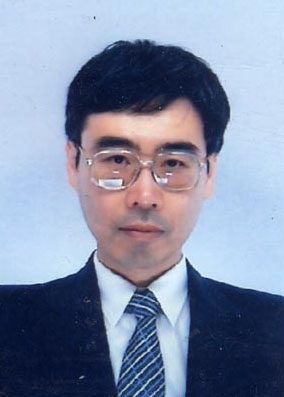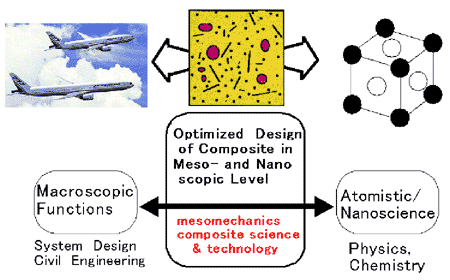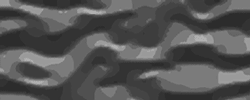Properties of Advanced Materials Laboratory
Advanced Composite Design in Mesoscopic Scale for Properties Optimization
Development of advanced materials with high performance and environmental friendliness is important for eco-engineering. Designing composite materials in meso- and nanoscale is a key technology towards the goal.
Our approach to novel high performance materials consists of fundamental understanding of the mechanism to realize high functionality in nano- to mesoscopic level and application of the principle to materials design, from both experimental and computational aspects.
In designing functional composites at nano- to mesoscopic level, the inherent properties of constituents, interface-induced properties and geometrical configuration effects play important roles. Using mesomechanics describing mechanical properties at mesoscopic level, we pursue efficient design of high performance composites.
|
|||||||||
 |
|
||||||||
|
|||||||||
Development of high-performance composite structure and functional materials : summary
Elevating consumption of energy and material resources has been a
keenly emerging problem of our time. Developing novel materials with higher
=performance and longer life of service is getting more and more important
for sustainable society.
To meet with these demands, we need to integrate several materials in
nanoscopic or mesoscopic length scale to break through a limit that could
not be overcome by a single material. Therefore, it is quite important
to find out a leading principle to design composite materials without
resource- and time consumption.
In developing composite materials, it is requisite to establish a method to evaluate and design the structure and performance of materials by extracting critical elements. This process requires MULTI-SCALE STUDIES ranging from atomistic for substance nature to submicron for geometrical arrangement of components. We developed MESOMECHANICAL SIMULATION models to optimize the performance of functional composite materials, eg., superconducting composites, ultra-high temperature composites, nanocomposites.
Based on physics and chemistry of nano- and mesoscopic level, we pursue a novel approach to design and evaluate high performance composite materials, for rapid realization of new concepts.
 |
| Figure 1 |
Ceramic/ceramic composites for ultra-high temperature use.
Ceramic/ceramic composites are promising materials to overcome energy- and eco-problems. We are investigating the correlation of mesoscopic structure to the oxidation resistance, tensile and bending behavior, and fatigue and creep properties of the melt growth eutectic Al2O3/YAG composite and SiC/SiC composite.
For safety design in application, the prediction of such properties in relation to the mesoscopic structure under the practical high temperature environment is required. For this aim, we are focusing on the construction of the mesomechanical model based on the experimental results and development of simulation method for property prediction.
 |
Figure 2 FEM analysis of residual stresses in Al2O3/YAG composite |
Structure and properties of self-organized nanodots
Self-organized semiconducting or metallic nanodots have unique characters that can be applied for optical or magnetic devices. We are working on structure and structural evolution of buried nanodots by means of synchrotron radiation and computer simulation.